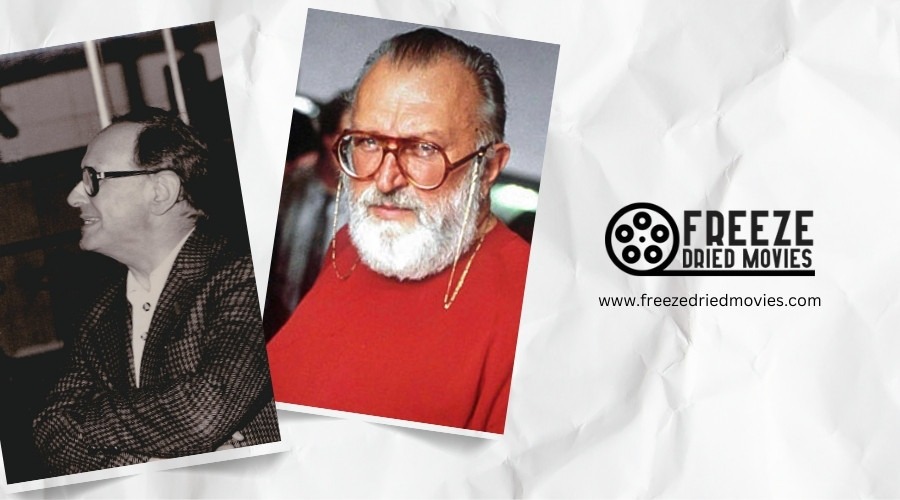Lee Van Cleef’s Rise as a Spaghetti Western Icon: A Retrospective

You've likely seen him - the tall, lean figure with piercing eyes who could strike fear with just a glance. Lee Van Cleef's transformation from Hollywood villain to Spaghetti Western icon wasn't just a career revival; it redefined an entire genre. Before Sergio Leone's fateful call, Van Cleef was nearly forgotten, but afterward, he embodied the moral complexity of the Western anti-hero like no other. What turned this aging character actor into one of cinema's most recognizable gunslingers? The answer reveals much about both the man and the myth.
Lee Van Cleef's Rise as a Spaghetti Western Icon: A Retrospective
With a hawk-like gaze that could cut through steel, Lee Van Cleef transformed from Hollywood's forgotten villain to international star through Italian westerns. Born in 1925, the New Jersey native initially struggled to escape typecasting before Sergio Leone's visionary direction unleashed released his true potential.
You've likely seen Van Cleef's piercing eyes and distinctive silhouette in classics like "For a Few Dollars More" and "The Good, the Bad and the Ugly." His missing fingertip and angular features made him perfectly suited for the morally ambiguous characters that defined Spaghetti Westerns. Despite often playing ruthless gunslingers, Van Cleef infused these roles with complexity, refusing parts that required harming women, children, or animals.
His collaboration with Leone and other Italian directors elevated the genre, creating a legacy that endures decades after the Western boom faded. Much like Clint Eastwood's rise from the TV series Rawhide to international stardom, Van Cleef found his defining roles in Leone's groundbreaking trilogy that revolutionized the Western genre.
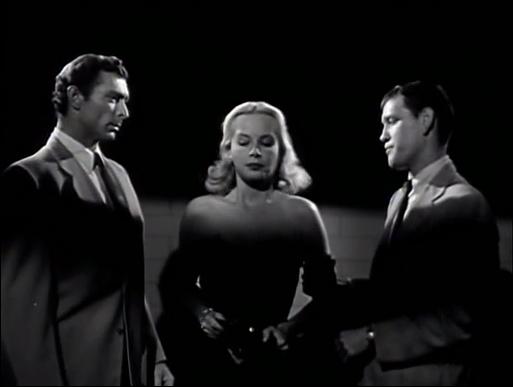
From Navy Veteran to Hollywood Villain (1925-1964)
Before becoming the legendary gunslinger audiences revere today, Lee Van Cleef navigated a winding path from military service to Hollywood typecasting. Born in Somerville, New Jersey on January 9, 1925, Van Cleef served his country in the United States Navy during World War II before setting his sights on acting.
Hollywood quickly recognized his distinctive features—particularly those intense "beady eyes"—as perfect for villainous roles. You'll spot him as a menacing henchman in "High Noon" and getting knifed by Kirk Douglas in "Gunfight at the O.K. Corral."
A devastating car accident in 1959 nearly ended his career, forcing him into increasingly minor parts in lower-quality productions through the early 1960s. This challenging period, however, merely set the stage for his remarkable reinvention in European cinema. His career trajectory differed significantly from Clint Eastwood's path, who would later become his co-star in iconic spaghetti westerns.
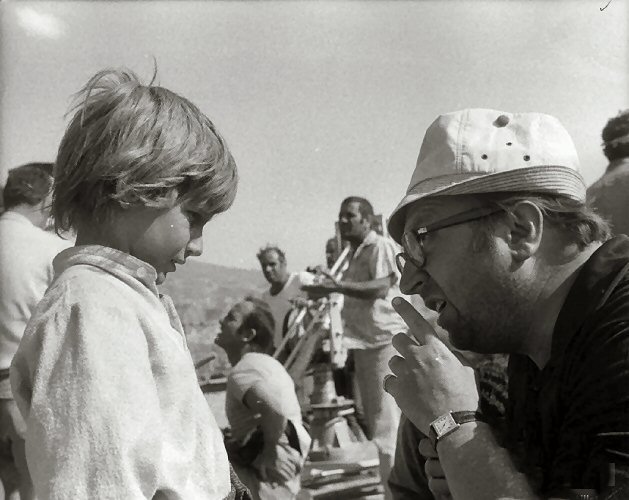
The Career-Defining Call From Sergio Leone
By 1964, Lee Van Cleef's Hollywood career had nearly flatlined. Following a devastating car accident that left him almost crippled, Van Cleef was contemplating retirement when Sergio Leone's call changed everything.
The Italian director cast him as Colonel Douglas Mortimer in "For a Few Dollars More," a role that would transform Van Cleef from a forgettable villain to an international star.
- Van Cleef's piercing gaze and hawk-like features perfectly embodied the hardened, vengeful gunslinger Leone envisioned
- His portrayal of Mortimer balanced ruthless precision with subtle emotional depth, creating an archetype for future Spaghetti Western characters
- The black-clad bounty hunter's showdown scenes showcased Van Cleef's commanding screen presence, despite minimal dialogue
This career resurrection propelled Van Cleef into numerous Italian Westerns, cementing his status as a genre icon. Unlike John Wayne who enjoyed a stable Hollywood career spanning 83 Western films, Van Cleef found his success through the European film industry after struggling in American productions.
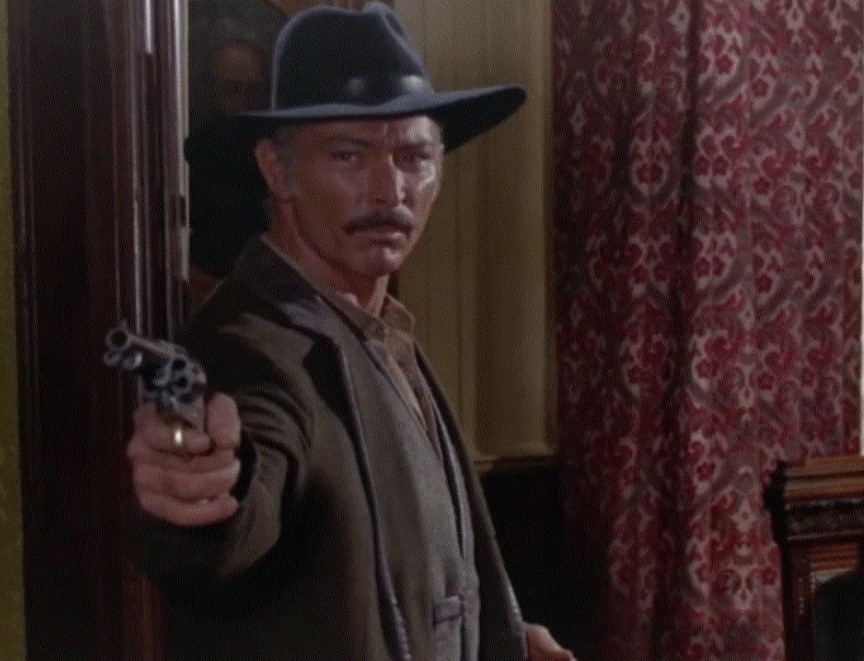
Crafting the Anti-Hero: Van Cleef's Character Code
This ethical framework created compelling tension in the Spaghetti Western genre. When Van Cleef dispensed gunfighter wisdom to young Bill in "Death Rides a Horse," viewers couldn't be certain of Ryan's true intentions. His previous villainous roles lingered in audience memory, making his anti-hero characters morally ambiguous.
The flawed humanity Van Cleef brought to these complex characters elevated him beyond simple typecasting, securing his iconic status in western cinema.
"For a Few Dollars More" and the Birth of an Icon
Fortune shifted dramatically for Lee Van Cleef in 1965 when Sergio Leone cast him as Colonel Douglas Mortimer in "For a Few Dollars More." Standing tall against Clint Eastwood's "Man with No Name," Van Cleef's portrayal of the vengeful bounty hunter transcended typical villain archetypes.
You've witnessed how this performance launched Van Cleef into international stardom, establishing him as the quintessential Spaghetti Western antagonist. His calculating demeanor and unwavering gaze created a character both feared and respected.
- His stoic presence provided the perfect counterbalance to Eastwood's laconic anti-hero
- The film's commercial success opened doors to numerous Italian productions
- His nuanced portrayal of Mortimer revealed his ability to inject complexity into what could have been one-dimensional characters
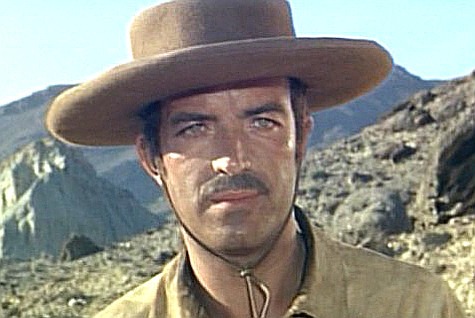
Beyond Leone: "The Big Gundown" and "Death Rides a Horse"
Following Leone's directorial masterpieces, Van Cleef demonstrated his remarkable versatility in two films that would cement his status as more than just Leone's creation. "The Big Gundown" and "Death Rides a Horse" showcased his ability to carry productions beyond the Leone universe, proving he wasn't merely a beneficiary of the director's vision but a commanding screen presence in his own right.
In "The Big Gundown," you'll find Van Cleef as Jonathan Corbett, a former bounty hunter pursuing Tomas Milian's Cuchillo, elevated by Morricone's haunting score and Cristy's vocals.
Meanwhile, Giulio Petroni's "Death Rides a Horse" reveals Van Cleef's nuanced approach to vengeance narratives. Both films highlight how he transcended typical genre archetypes, bringing surprising humanity to his characters. These performances confirmed what Leone had discovered—Van Cleef possessed a rare gravitas that defined the Spaghetti Western era.
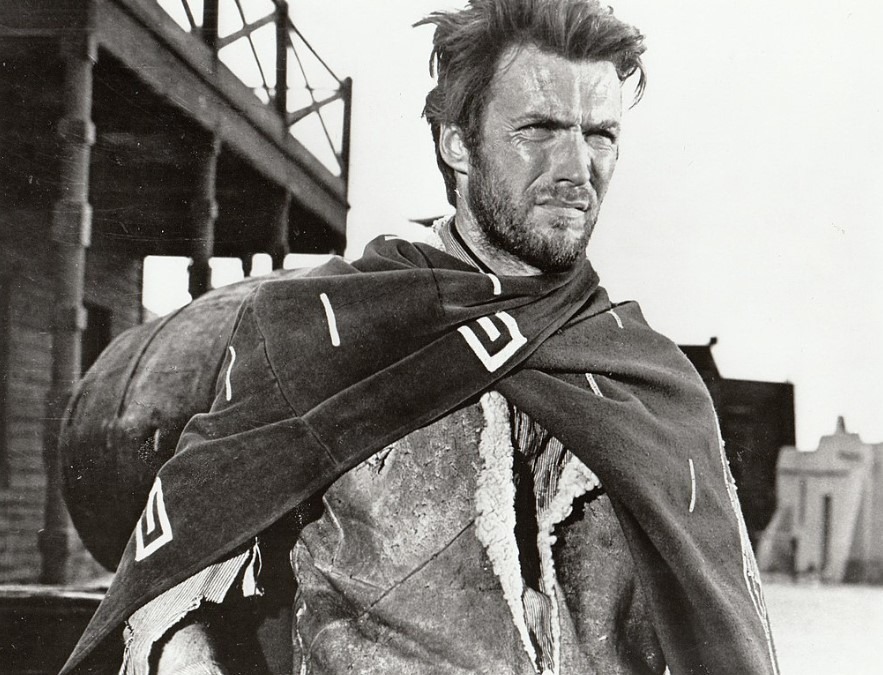
The Man With the Beady Eyes: Van Cleef's Distinctive Screen Presence
Beyond his mastery of character and genre, Van Cleef possessed physical attributes that made him unforgettable on screen. His piercing "beady eyes" became his trademark, making him the perfect foil to Clint Eastwood in Sergio Leone's "Man with No Name" trilogy. Even after a devastating 1959 car accident that nearly ended his career, Van's physical presence remained commanding.
Those unmistakable eyes that could convey menace without a word spoken. The missing fingertip on his right hand, adding authenticity to his gunslinger roles. His lean, angular face that perfectly captured the moral ambiguity of the western anti-hero.
Despite battling alcoholism throughout his career, Van's distinctive appearance guaranteed his place in cinema history, transforming physical quirks into the hallmarks of an iconic screen villain.
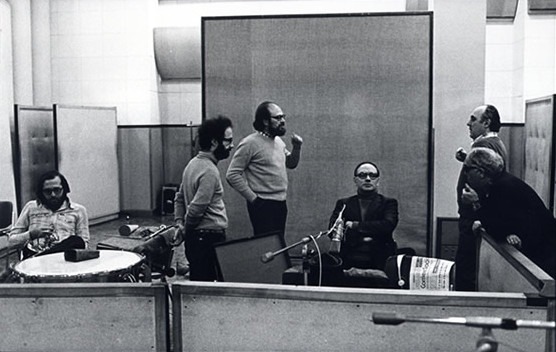
Partnering With Ennio Morricone: the Sound of the Spaghetti Western
No spaghetti western featuring Lee Van Cleef would be complete without the haunting, innovative scores of legendary composer Ennio Morricone. Their collaboration transcended mere background music, with Morricone's compositions becoming inseparable from Van Cleef's brooding screen presence.
In films like "For a Few Dollars More" and "The Big Gundown," you'll hear how Morricone's distinctive soundscapes—featuring ocarinas, whistling, and unconventional percussion—amplified the moral complexity of Van Cleef's characters. The composer brilliantly balanced melancholic themes with intense action cues, creating a sonic landscape as weathered and nuanced as Van Cleef's stoic expressions.
This partnership forever changed western cinema, with Morricone's revolutionary scores and Van Cleef's penetrating performances fusing into an iconic cinematic language that continues to influence filmmakers today.
Van Cleef's Legacy in the International Western Genre
Lee Van Cleef's profound impact on the international western genre transcends mere popularity. When you watch his performances today, you'll notice his enduring influence on how villains and anti-heroes are portrayed in modern cinema.
His partnership with director Sergio Leone redefined what Western characters could be—morally complex, visually striking, and intensely memorable.
His piercing gaze and lean silhouette created a visual archetype that countless actors have attempted to emulate in subsequent Westerns. His minimalist acting style proved that silence could convey more menace than lengthy dialogue. His transformation from Hollywood bit player to Spaghetti Western superstar demonstrated how the genre could elevate overlooked talent to legendary status.
From Near Retirement to Global Stardom: A Career Resurrected
By the early 1960s, Van Cleef's Hollywood career had nearly faded into obscurity when an unexpected call from Italian director Sergio Leone changed everything. On the verge of retirement, Van Cleef seized the opportunity to star in "For a Few Dollars More," transforming from a character actor into an international sensation.
Leone's faith in Van Cleef paid off spectacularly. His commanding performance as Colonel Mortimer established him as the most recognizable American actor in the Spaghetti Western genre. This success led to his iconic role in "The Good, the Bad and the Ugly," cementing his comeback.
You'll notice that even in lower-budget productions, Van Cleef maintained his trademark intensity and personal code of ethics, bringing depth to his roles as the veteran gunslinger dispensing frontier wisdom with unmatched gravitas.

